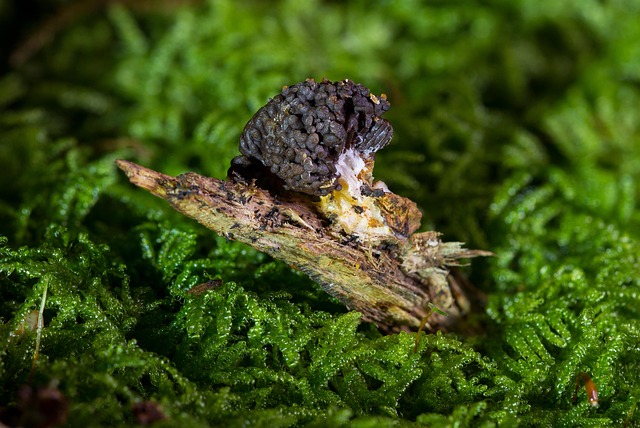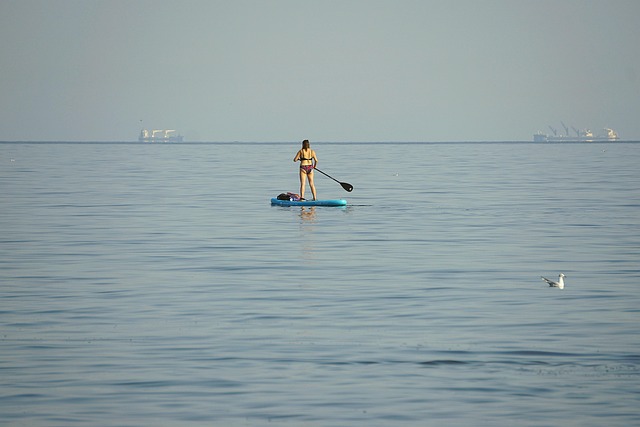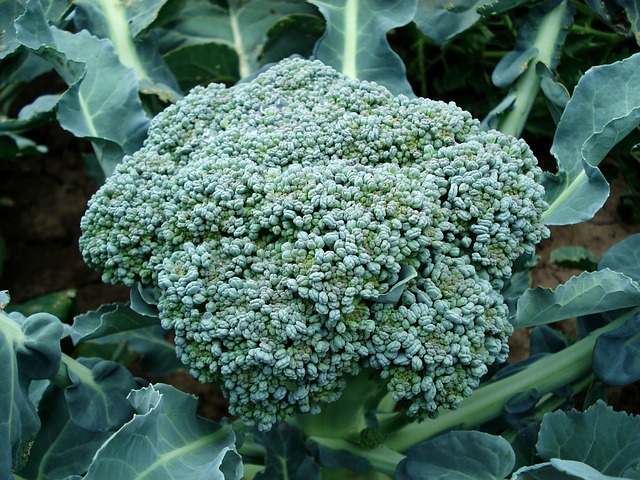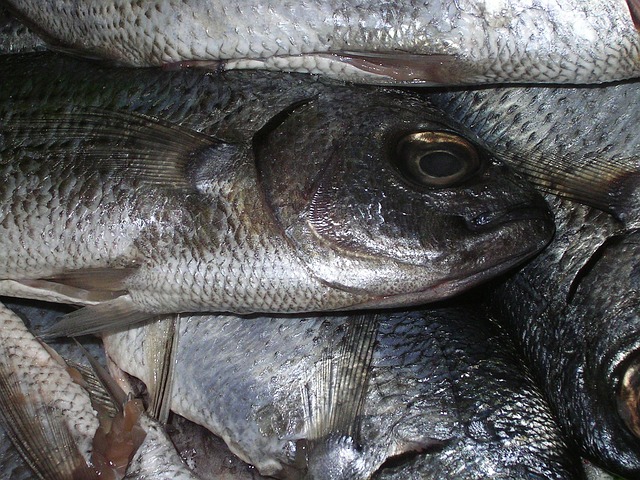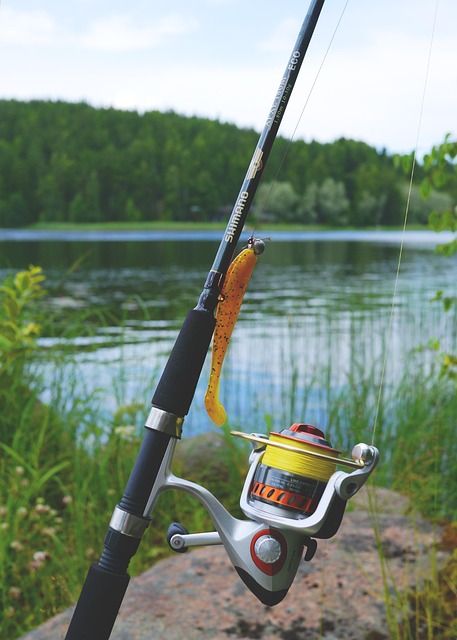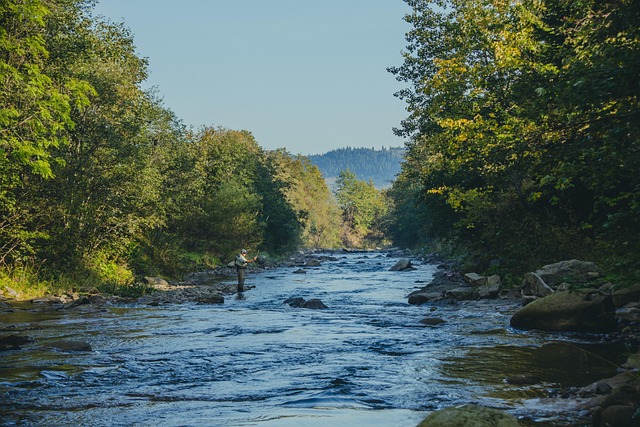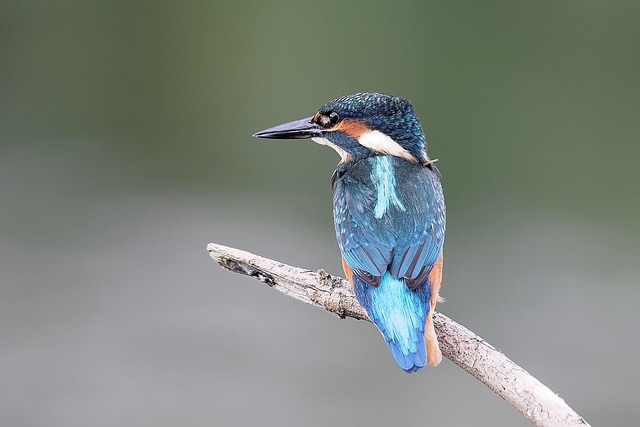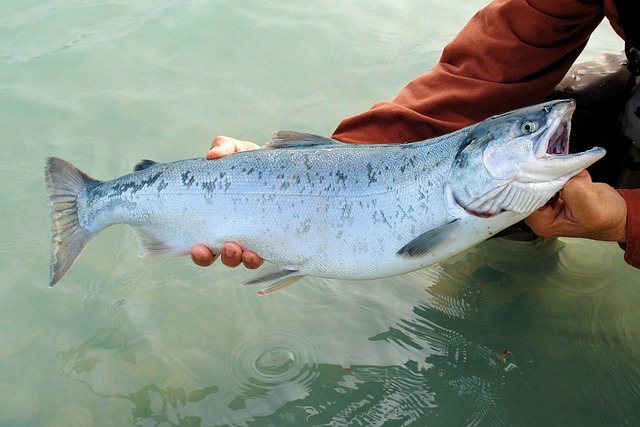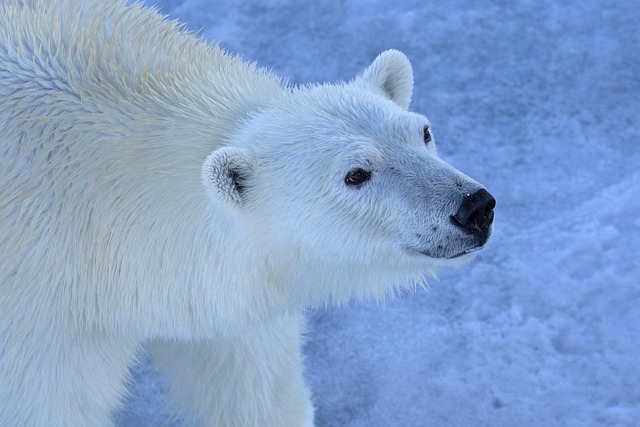The Upper Willamette River is a premier destination for anglers seeking diverse and abundant fish species like trout, salmon, and bass. Understanding local fishing regulations, including size limits and catch-and-release practices, is crucial for sustainable practices and preserving the river's rich ecosystem. The river offers various techniques, from fly fishing in gentle eddies to spin casting, catering to all skill levels. Conservation efforts are vital to ensure future generations can enjoy these exceptional Upper Willamette fishing spots through responsible angling practices.
Discover the best Upper Willamette fishing spots and unlock the secrets of this diverse river. From its rich fish species, including trout and salmon, to proven techniques that boost your success, this guide covers it all. Learn about local fishing regulations and master the art of Upper Willamette fly fishing. We also explore conservation efforts dedicated to preserving this treasured habitat for future anglers. Dive into these insights to enhance your next river adventure.
- Upper Willamette Fishing Spots: A Guide to Popular Locations
- Uncovering the Diverse Fish Species of the Upper Willamette River
- Mastering Upper Willamette Fishing Techniques for Success
- Understanding and Adhering to Local Fishing Regulations
- The Art of Upper Willamette Fly Fishing: Tips and Tricks
- Conservation Efforts in the Upper Willamette River: Preserving a Favorite Haunt
Upper Willamette Fishing Spots: A Guide to Popular Locations
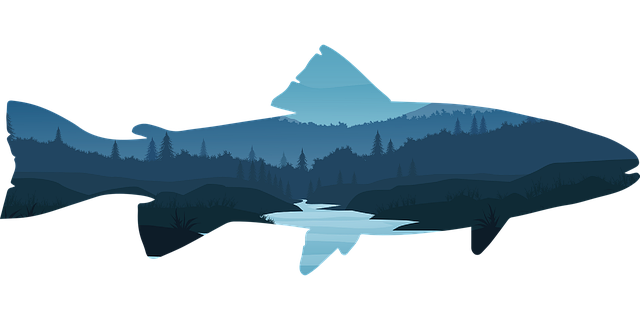
The Upper Willamette River is a haven for anglers, offering a diverse range of fishing spots that cater to various techniques and preferences. One of the most popular sections begins at the confluence of the South and North Forks, known for its abundant wildlife and scenic beauty. This stretch of river provides opportunities to catch multiple species, including rainbow trout, brown trout, bass, and even salmon during their upstream migration. Anglers can choose from numerous access points along the banks, making it ideal for a day trip or an extended fishing adventure.
Upper Willamette fishing techniques vary depending on the season and species targeted. Fly fishing is particularly effective during the spring and fall when fish are feeding on surface insects. Anglers can also try spin casting with lures or live bait to target deeper-dwelling bass and trout. It’s essential to check the local fishing regulations, which may include size limits and catch-and-release requirements for certain species, ensuring a sustainable fishing experience and promoting Upper Willamette fishing conservation efforts.
Uncovering the Diverse Fish Species of the Upper Willamette River
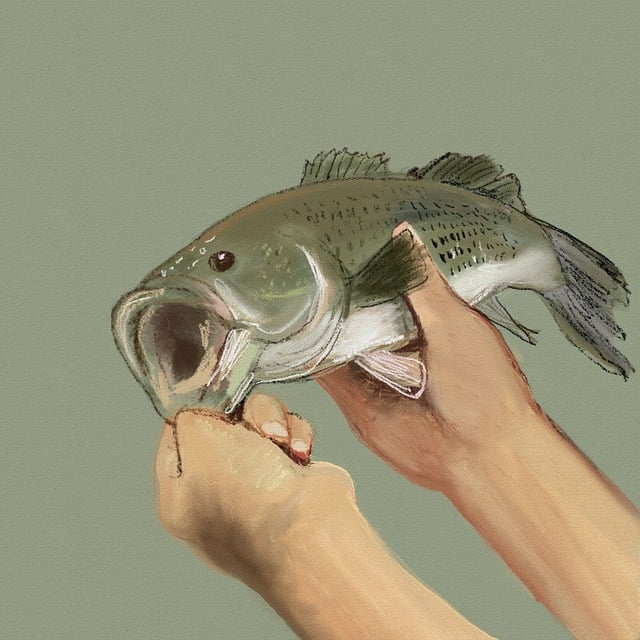
The Upper Willamette River, a gem among Oregon’s waterways, boasts an impressive diversity of fish species that attract anglers from near and far. From the mighty Steelhead and Chinook salmon that navigate the river’s currents to the elusive Rainbow trout hiding in the shallow riffles, this river offers a captivating variety for every type of fisher. Beyond these popular choices, anglers can also target Coho salmon, Pacific chorus, and even rare species like the Westslope cutthroat trout, making it a true paradise for both beginners and seasoned enthusiasts.
Understanding the unique characteristics of each fish species is key to successful Upper Willamette fishing techniques. Anglers should familiarize themselves with regional fishing regulations and practice sustainable fishing methods. Whether it’s casting a fly in the gentle eddies or trolling for salmon with spin gear, the river provides an array of opportunities. Moreover, conservation efforts play a vital role in preserving this diverse ecosystem, ensuring that future generations can also enjoy the thrill of catching these remarkable Upper Willamette fish species.
Mastering Upper Willamette Fishing Techniques for Success

The Upper Willamette River, a treasure trove for anglers, offers a diverse range of fishing spots that cater to various techniques. To master this river’s secrets, understanding its fish species is key. The Upper Willamette is home to a rich variety, including trout, salmon, and bass, each requiring specific approaches. For instance, fly fishing is a popular technique for catching the renowned rainbow and cutthroat trout that inhabit the crystal-clear waters. These fish are known for their cunningness, so anglers must be adept at presenting flies with precision and subtlety.
Fishing regulations in the Upper Willamette vary according to season and species, emphasizing conservation efforts. Anglers should stay informed about size limits, catch-and-release policies, and seasonal closures to ensure a sustainable fishing experience. Adhering to these guidelines not only maintains the river’s health but also ensures future generations can enjoy its abundant fish populations.
Understanding and Adhering to Local Fishing Regulations

Understanding and adhering to local fishing regulations is essential when exploring the Upper Willamette River’s abundant fishing spots. This region boasts a diverse array of fish species, from trout and salmon to bass and catfish, making it a prime destination for anglers. However, to ensure sustainability and maintain the health of these populations, strict rules are in place. Anglers must obtain proper licenses and permits, respecting seasonal closures and size limits to prevent overfishing.
Upper Willamette fishing techniques vary depending on the species and time of year. Fly fishing is particularly popular due to the river’s pristine conditions and the presence of native trout. Conservation efforts play a crucial role in preserving these fishing opportunities. By following regulations and practicing responsible angling, anglers can contribute to the long-term viability of Upper Willamette fish species, ensuring future generations can also enjoy this remarkable outdoor resource.
The Art of Upper Willamette Fly Fishing: Tips and Tricks
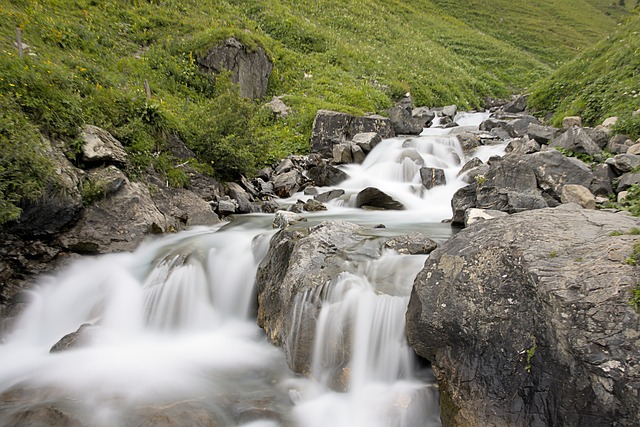
The Upper Willamette River is a haven for anglers seeking an authentic fly-fishing experience. This scenic stretch of water teems with diverse fish species, making it a top destination for enthusiasts. To master the art of Upper Willamette fly fishing, understanding the local fish behavior and adapting your techniques accordingly is key. The river’s resident rainbow trout and cutthroat trout are particularly adept at detecting artificial flies, so a subtle presentation is crucial. Using lightweight gear allows for precise casting and enables you to reach the deeper pools where these fish often lurk.
When targeting Upper Willamette fish species, timing is everything. Spring and early summer see an abundance of newly hatched insects, attracting trout to the surface. This is prime time for dry-fly fishing. Conversely, later in the year, nymphing becomes more productive as stoneflies and mayflies emerge. Familiarize yourself with local fishing regulations, especially regarding fly-fishing gear and catch limits. By practicing sustainable fishing techniques and adhering to conservation efforts, you contribute to preserving this precious resource for future generations of anglers.
Conservation Efforts in the Upper Willamette River: Preserving a Favorite Haunt
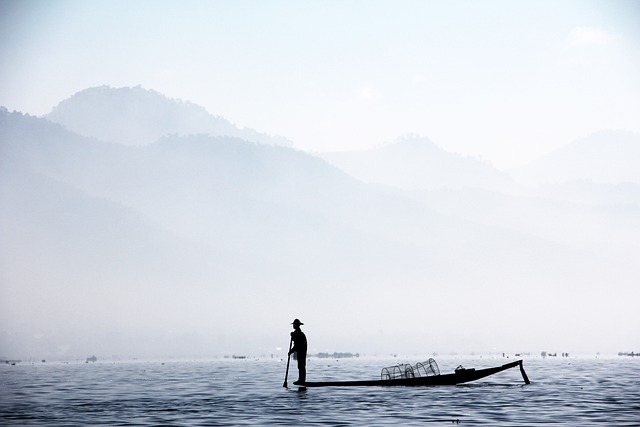
The Upper Willamette River, a beloved fishing destination, is renowned for its diverse fish species and exceptional fishing opportunities. However, maintaining the health and sustainability of this precious ecosystem requires concerted conservation efforts. Local fishing communities, environmental organizations, and government agencies have joined forces to preserve the river’s ecological balance and ensure that future generations can also enjoy these prime Upper Willamette fishing spots.
These collaborative initiatives focus on various aspects, from implementing strict Upper Willamette fishing regulations to promoting responsible fishing techniques like fly fishing. By carefully managing access and regulating catch limits, conservationists aim to protect vulnerable species while allowing anglers to experience the river’s rich biodiversity. The success of these efforts lies in educating both locals and visitors about the importance of sustainable practices, fostering a deep appreciation for the Upper Willamette River and its irreplaceable role as a thriving habitat for numerous fish species.
